Filter by

Translational Research in Pain and Itch
This book provides a comprehensive review of the latest advances in translational pain and itch research, and presents the cutting-edge developments in the study of our two principal, yet most mysteries sensations. Despite the slow progress in the discovery of effective therapies for chronic pain and pruritus, scientists around the globe now have a better understanding of why and how these cond…
- Edition
- 1
- ISBN/ISSN
- 978-94-017-7535-9
- Collation
- XI, 147
- Series Title
- Advances in Experimental Medicine and Biology
- Call Number
- -
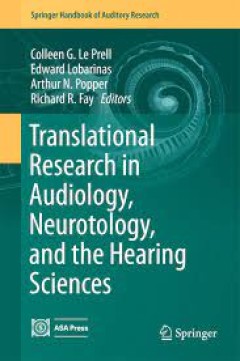
Translational Research in Audiology, Neurotology, and the Hearing Sciences
Translational Research is the interface between basic science and human clinical application, including the entire process from animal studies to human clinical trials (phases I, II, and III). Translational Research moves promising basic science results from the laboratory to bedside application. Yet, this transition is often the least-defined, least-understood part of the research process. Mos…
- Edition
- 1
- ISBN/ISSN
- 978-3-319-40846-0
- Collation
- XVIII, 265
- Series Title
- Springer Handbook of Auditory Research
- Call Number
- -
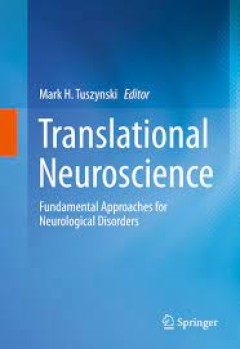
Translational Neuroscience
Translational Neuroscience offers a far-reaching and insightful series of perspectives on the effort to bring potentially revolutionary new classes of therapies to the clinic, thereby transforming the treatment of human nervous system disorders. Great advances in the fields of basic neuroscience, molecular biology, genomics, gene therapy, cell therapy, stem cell biology, information technology,…
- Edition
- 1
- ISBN/ISSN
- 978-1-4899-7652-9
- Collation
- XV, 584
- Series Title
- -
- Call Number
- -
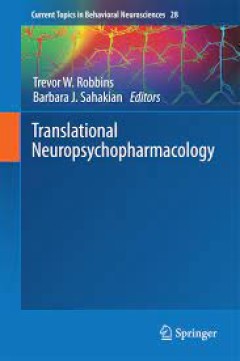
Translational Neuropsychopharmacology
This book covers wide areas of animal and human psychopharmacology with clinical utility in the treatment of psychiatric and neurological (e.g Alzheimer's disease) disorders. The main theme is to develop a new paradigm for drug discovery that questions the claim that animal models or assays fail adequately to predict Phase 3 clinical trials. A new paradigm is advocated that stresses the importa…
- Edition
- 1
- ISBN/ISSN
- 978-3-319-33911-5
- Collation
- XII, 498
- Series Title
- Current Topics in Behavioral Neurosciences
- Call Number
- -

Translational Approaches to Autism Spectrum Disorder
This book addresses and synthesizes recent basic, translational, and clinical research with the goal of understanding the mechanisms behind autism spectrum disorder (ASD) and how they lead to altered brain function and behavior. Bringing clarity to these mechanisms will lead to more effective therapies for the various heterogeneous pathologies that comprise ASD. Currently there are few, if any,…
- Edition
- 1
- ISBN/ISSN
- 978-3-319-38657-7
- Collation
- XIV, 218
- Series Title
- -
- Call Number
- -
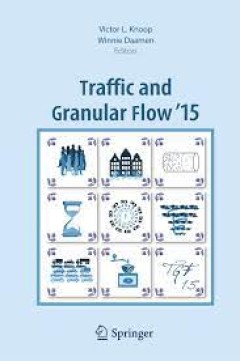
Traffic and Granular Flow '15
The Conference on Traffic and Granular Flow brings together international researchers from different fields ranging from physics to computer science and engineering to discuss the latest developments in traffic-related systems. Originally conceived to facilitate new ideas by considering the similarities of traffic and granular flow, TGF'15, organised by Delft University of Technology, now cover…
- Edition
- 1
- ISBN/ISSN
- 978-3-319-33481-3
- Collation
- XV, 639
- Series Title
- -
- Call Number
- -
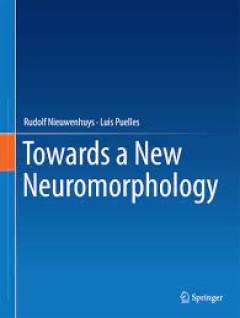
Towards a New Neuromorphology
This book demonstrates that the systematic study of gene expression patterns in embryonic and adult brains, in combination with selected data from earlier studies, can pave the way for a new neuromorphology, the most salient features of which may be summarized as follows: (1) Causal analysis of molecular patterning at neural plate and early neural tube stages has shown that the CNS is essential…
- Edition
- 1
- ISBN/ISSN
- 978-3-319-79829-5
- Collation
- XV, 344
- Series Title
- -
- Call Number
- -

Neurotropic Viral Infections:Volume 2: Neurotropic Retroviruses, DNA Viruses,…
This second edition is a comprehensive study of the viruses that affect the brain and the central nervous system. Along with a focus on the viruses themselves, it addresses the diseases they cause, current treatments and preventive measures. Also discussed are the unique aspects of how viruses cause disease and why certain hosts are more susceptible (e.g., polymorphisms, age, co-morbidities). …
- Edition
- 2
- ISBN/ISSN
- 978-3-319-33188-1
- Collation
- XII, 557
- Series Title
- -
- Call Number
- -
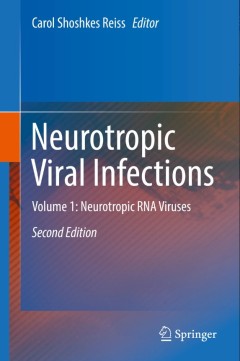
Neurotropic Viral Infections:Volume 1: Neurotropic RNA Viruses
This second edition is a comprehensive study of the viruses that affect the brain and the central nervous system. Along with a focus on the viruses themselves, it addresses the diseases they cause, current treatments and preventive measures. Also discussed are the unique aspects of how viruses cause disease and why certain hosts are more susceptible (e.g., polymorphisms, age, co-morbidities). …
- Edition
- 2
- ISBN/ISSN
- 978-3-319-33131-7
- Collation
- X, 370
- Series Title
- -
- Call Number
- -
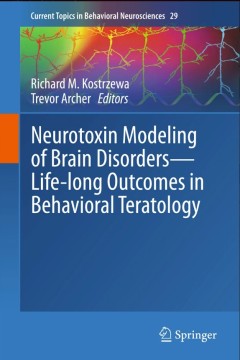
Neurotoxin Modeling of Brain Disorders — Life-long Outcomes in Behavioral T…
This book is authored by leading experts who made major discoveries in neuroteratology research focused on modeling human neural developmental disorders. Individual chapters address ADHD (attention-deficit hyperactivity disorder), Lesch-Nyhan disease, psychoses and schizophrenia, autism, and models of Parkinson’s Disease and tardive dyskinesia. The effects of perinatal stress and agonist insu…
- Edition
- 1
- ISBN/ISSN
- 978-3-319-34134-7
- Collation
- VIII, 446
- Series Title
- Current Topics in Behavioral Neurosciences
- Call Number
- -
 Computer Science, Information & General Works
Computer Science, Information & General Works  Philosophy & Psychology
Philosophy & Psychology  Religion
Religion  Social Sciences
Social Sciences  Language
Language  Pure Science
Pure Science  Applied Sciences
Applied Sciences  Art & Recreation
Art & Recreation  Literature
Literature  History & Geography
History & Geography